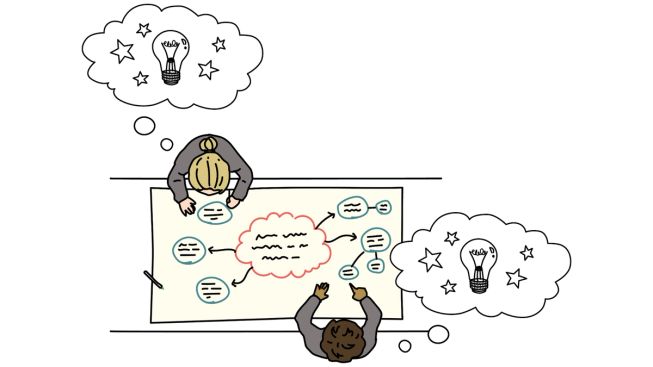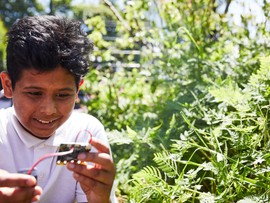Boost digital creativity in your classroom with our new courses
Help your learners make their own creations and projects with new courses on design thinking.

Supporting creativity in the classroom is a great way to unlock innovative thinking and fresh ideas. When learners become confident at completing set tasks, how can you encourage them to develop their own, self-determined ideas? Coding and physical computing can be really useful in this process, when used with design thinking.
Many teachers want to move learners from completing (and tweaking) fixed coding projects to exploring lots of possibilities with computing technologies and code. With design thinking your learners are encouraged and supported to develop their creative thinking skills and deepen how they think about computing.
What is design thinking?
Design thinking is an approach to help learners design real-world solutions to the challenges and problems they see around them.
There are lots of reasons to embrace the design thinking framework to support creativity in your classroom, including:
1. Easy to use structure
Design thinking provides the perfect structure to scaffold the creative process in class. It breaks things down to lead learners through the thinking process. It is also an iterative process so you can cycle round one stage such as prototyping for as long as you want or need.
2. Supports creativity AND decision making
Creativity can often be wide and unwieldy. Design thinking embraces thinking big and broad about the problem at hand, but it also supports the ‘what next’. Part of design thinking focuses on decision making and how to decide what ideas to take forward.
3. Emphasis on people
Design thinking puts people at the heart of the thinking. It takes you from developing skills to understand the experiences of others, through to testing solutions with people for real, tangible feedback.
4. A real-world tool
Sharing the connection between what young people are learning and the real world is a valuable experience. Design thinking is a real-world tool used in many industries so using it in class can be both empowering and develop future skills for the world of work.

New professional development
Our new short professional development courses help educators support learners to explore digital creativity using design thinking. This could be useful for a do your :bit challenge or other schools-based challenges.
- Our first course, Introduction to design thinking introduces the concept of design thinking and discusses how the five stages (Empathise, define, ideate, prototype and test) work.
- Our second course Applying design thinking brings design thinking to life by using classroom examples aligned to the UN Global goals which are familiar to many educators. It also introduces a final stage where learners reflect on their experiences and present their ideas to others.
Design thinking (and our resources to support design thinking) is not exclusive to designing with the micro:bit. You are welcome to use what you have learnt and our resources to support other parts of the curriculum. We love to hear how people are using our resources and the ideas generated, so please share your experiences with us on social media.


